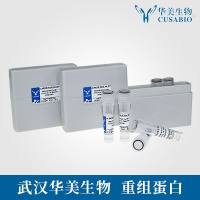Nitration of the ortho position of tyrosine results in the formation of 3-nitrotyrosine. Nitration of tyrosine residues in proteins using tetranitromethane has been used extensively to investigate the role of tyrosine residues in the function of many proteins (
1 ). However, the existence of tyrosine-nitrated proteins in vivo was not investigated until the discovery of a potential nitrating agent. It was shown that the major protein modification following the reaction of peroxynitrite with proteins is 3-nitrotyrosine (
2 ). Peroxynitrite is an oxidant formed by the near diffusion-limited reaction between two free radicals, nitric oxide (NO) and superoxide (
3 ). Inflammatory cells, endothelium, and, potentially, other cells generate peroxynitrite upon stimulation of NO and superoxide production (
4 –
6 ). Therefore, we and others have explored the possibility of using 3-nitrotyrosine as a marker for peroxynitrite-mediated oxidative stress. Published data has provided evidence that 3-nitrotyrosine is formed in a variety of human diseases and animal models of disease (
7 –
17 ). Endogenous-tyrosine nitration is almost certainly derived via enzymatically produced NO although NO itself is not a nitrating agent (
7 –
9 ). Chemically, protein-tyrosine residues can be nitrated by tetranitromethane (
1 ), nitric acid plus sulfuric acid (
18 ), nitrogen dioxide (
19 ), the acidification of nitrite (
20 ), and the reaction of nitrite with hypochlorous acid (
21 ). However, under pathophysiological conditions, it appears that peroxynitrite is the proximal species for the formation of protein nitrotyrosine in vivo (
22 ) and that CO
2 is a catalyst for peroxynitrite-mediated nitration of tyrosine residues (
22 –
24 ) (
see Fig. 1 ).
Fig. 1. Chemical structures: Tyrosine, 3-nitrotyrosine, and 3-aminotyrosine.






